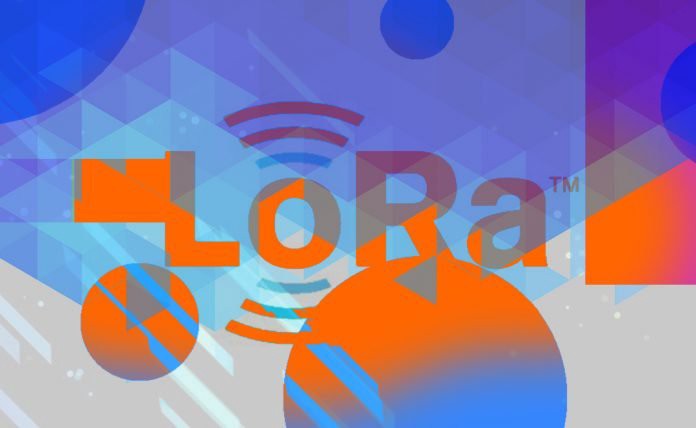The Internet of Things (IOT/Internet of Things) refers to the integration of information interaction between things into the Internet, through identification, perception, information transmission and intelligent processing of specific things, without the need for human intervention. Intelligent identification, positioning, tracking, monitoring control and management provide people with smart and simple services. In the era of mobile Internet, we have achieved barrier-free information transmission between people, and with the help of Internet of Things technology, we can truly realize the interconnection of everything. Therefore, the Internet of Things is also called the next generation Internet technology.
There are currently several pain points in the application scenarios of IoT connections:
① Communication distance: Most equipment is deployed in complex building environments or places with sparse people, and it is difficult for traditional wireless technologies to penetrate or reach;
② Battery power supply, many Internet of Things applications do not have the conditions for continuous power supply, such as geomagnetic sensors and water meters.
Comparison of mainstream wireless communication methods
Wireless technologies in IoT applications include, in addition to GPRS and 3G/4G in the operator’s wide area network, short-range ZigBee, Wi-Fi, and Bluetooth in the local area network. Although these wireless technologies themselves are mature, their advantages and disadvantages are also very obvious. You can only choose between long distance and low power consumption. LPWA (Low Power Wide Area) low-power wide-area technology emerged in this context and is designed for IoT applications with long distance, low bandwidth, low power consumption and large number of connections. LPWA currently includes a variety of technologies, such as LoRa , Sigfox, Weightless and NB-IoT, among which LoRa has entered China since 2013. Let us learn about LoRa together.


LoRa makes distance and power consumption no longer a problem
LoRa is an enhanced wireless transmission technology that increases the coverage radius by 3-5 times compared to the classic FSK technology. LoRa modulation and demodulation technology significantly improves the wireless transmission distance without changing the transmit power (that is, increasing the link budget, or receiving sensitivity).
LoRa vs. FSK transmission distance in dense urban environment
LoRaWAN™ is an asynchronous ALOHA-based protocol, which means that nodes can sleep for longer or shorter periods according to the needs of specific application scenarios. However, nodes of GPRS and 3G/4G synchronization protocols must be regularly connected to the Internet for synchronization, which reduces battery life. The first pusher. The GSMA compared different LPWA low-power wide-area technologies and found that LoRaWAN™ has 3 to 5 times the power consumption advantage over other cellular technologies. LoRa performs well in both coverage and power consumption.
What application scenarios is LoRa suitable for?
The most prominent feature of LoRa is its long distance, breaking through coverage scenarios that previously required relays, or requiring low power consumption and battery power. for example:
①Wireless meter reading, such as: electricity meter, water meter, gas meter, heat meter, etc.;
②Slowly changing physical quantities (temperature, water pressure, PM2.5, geomagnetic sensor) ultra-low power consumption sensor;
③Wireless alarm (smoke detector, thermal infrared);
④Remote I/O controller (lighting control, air conditioning control); ⑤Wireless RS-485/’ target=’_blank’>RS-485/Modbus converter;
What are the unique advantages of LoRa compared to the classic FSK 433MHz technology?
① Communication distance: The distance is increased by 3-5 times. This is the most intuitive feeling. LoRa can completely cover the blind spots that are difficult to cover with 433MHz small wireless products. This is the ultimate solution for users who encounter unreliable 433MHz communication;
②LoRa demodulation technology can still correctly demodulate data under noise, and the sensitivity can even reach -148dBm;
③LoRa Modem itself has excellent anti-interference characteristics and supports automatic random frequency hopping communication to resist the possibility of instant interference. Compared with the traditional 433MHz chip fixed-frequency communication, not only the reliability is improved, but also it takes up less time on the frequency point and causes less interference to the outside world, which means that the communication channel is used more rationally.
Is the communication frequency of LoRa wireless communication gateway authorized?
According to the Ministry of Industry and Information Technology’s document “Minbu No. [2005] 423”, LoRaWAN™ can be used for free in the micro-power wireless communication frequency range: 470-510MHz, but the following conditions must be met:
①RF transmit power EIRP (EffecTIve Isotropic Radiated Power) effective omnidirectional radiated power must be less than 50mW (or 17dBm);
②The emission duration cannot exceed 5000ms.